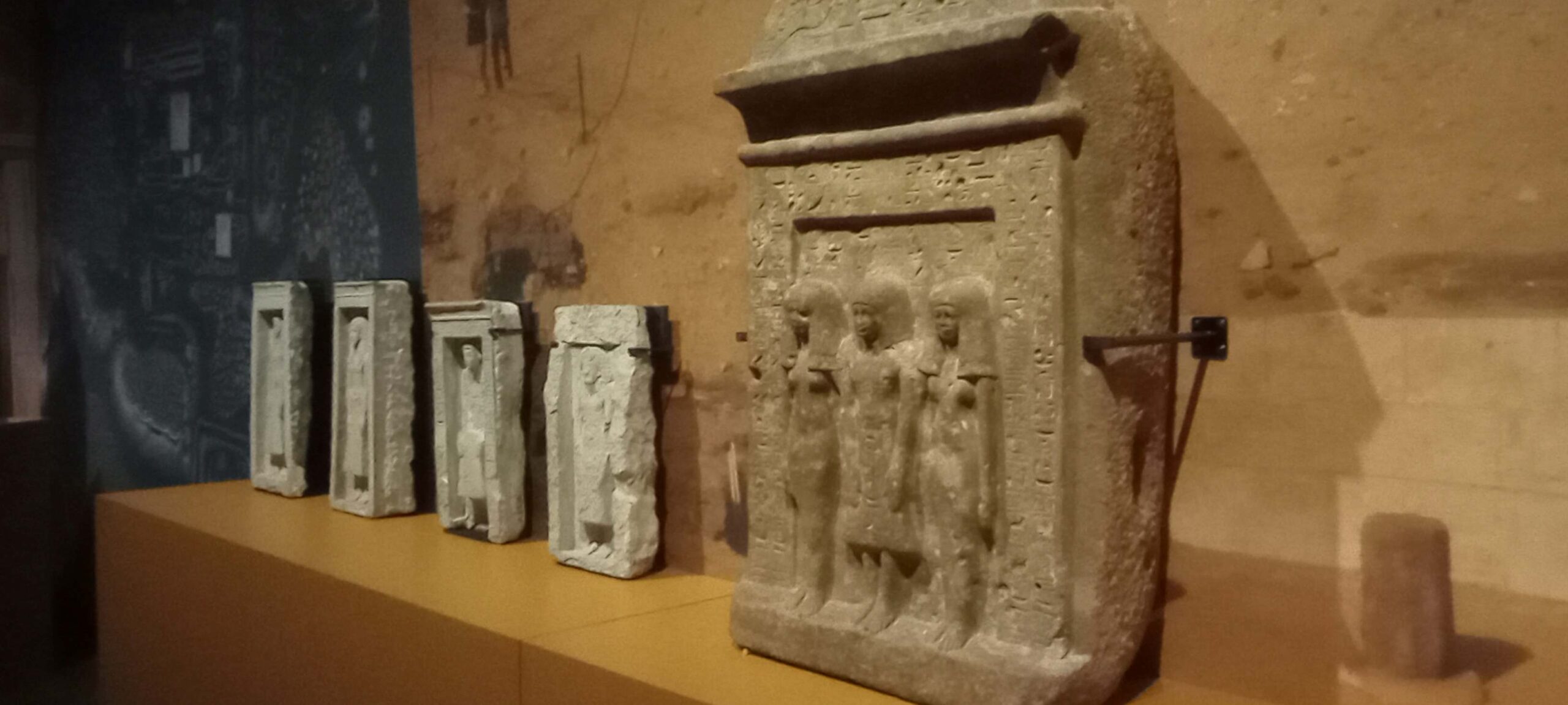Reflections on Death and the Afterlife Between a Mother and Son
The grand doors of the museum opened to reveal a world suspended in time, an ancient realm where the pharaohs ruled and gods walked among mortals. The ancient Egyptian exhibition beckoned visitors to step into the past, offering a glimpse into a civilization that had long pondered the mysteries of life, death, and the afterlife.
Among the visitors were a mother and her young son. The boy, wide-eyed with wonder, clutched his mother’s hand as they navigated the dimly lit corridors adorned with hieroglyphics and statues of deities. To the mother, this was more than just an exhibition; it was an opportunity to connect with her son on a deeper level, to discuss the profound themes of mortality and what lies beyond.
The Ancient Egyptian Belief System
The exhibition began with an introduction to the pantheon of gods and goddesses worshipped by the ancient Egyptians. The mother and son stood before a statue of Osiris, the god of the afterlife, whose serene face seemed to promise peace beyond the grave. The mother explained to her son how the ancient Egyptians believed that life did not end with death but transitioned into a new existence.
“They thought that after you died, you would go to another world,” she said gently, “a world where you could live forever if you were good and just.”
The boy’s eyes widened. “Like a paradise?”
“Exactly,” she replied, smiling.
The Weighing of the Heart
As they moved deeper into the exhibition, they came across a depiction of the Weighing of the Heart ceremony. This intricate painting showed the deceased standing before Osiris, where their heart was weighed against the feather of Ma’at, the goddess of truth and justice. The mother knelt beside her son, pointing to the scales.
“If your heart was as light as the feather,” she explained, “it meant you led a good life, and you could enter the afterlife. But if it was heavy with bad deeds, it would be devoured by a monster.”
The boy looked up at his mother, his expression thoughtful. “What do you think happens when we die?”
The mother paused, considering her words carefully. “I think that everyone has different beliefs about what happens after we die. But what’s important is how we live our lives right now, being kind, loving, and honest.”
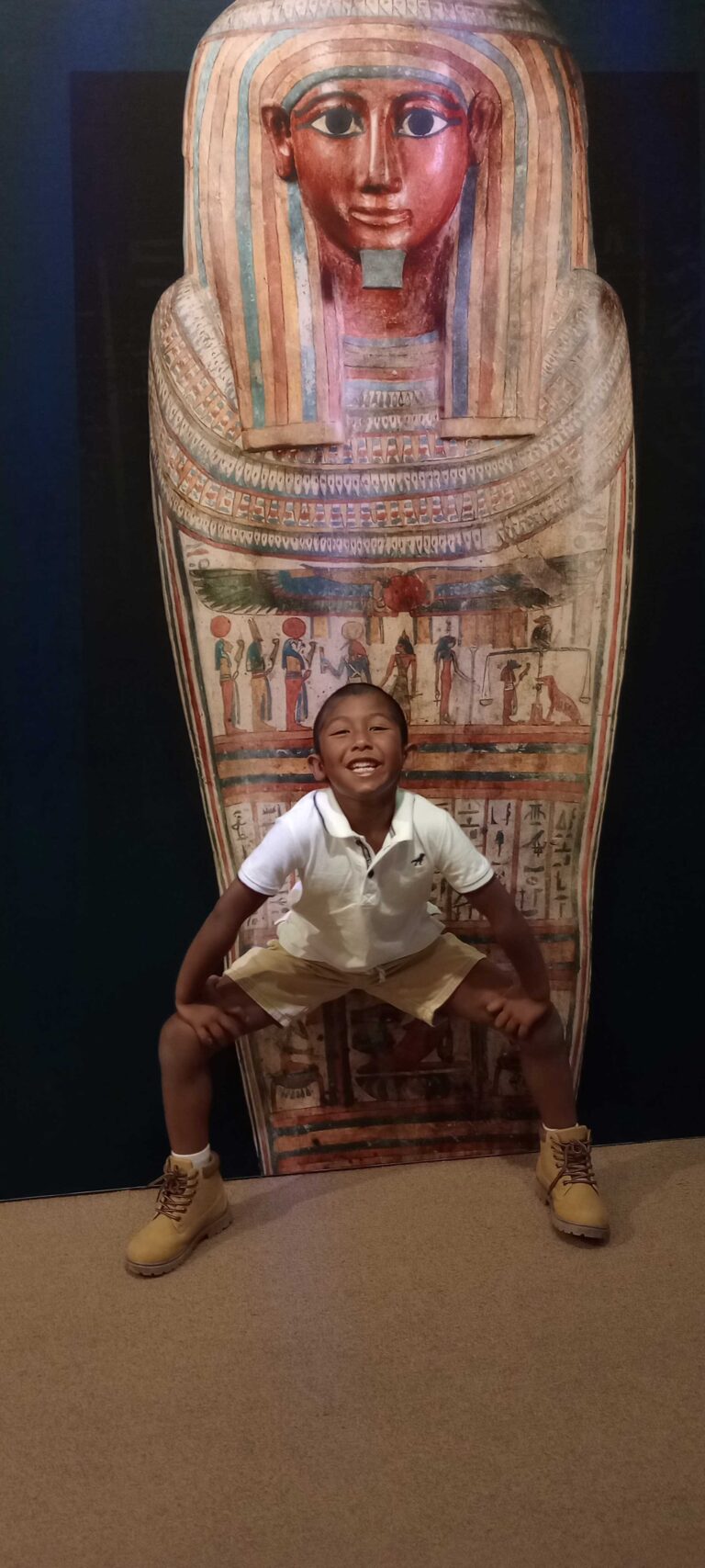
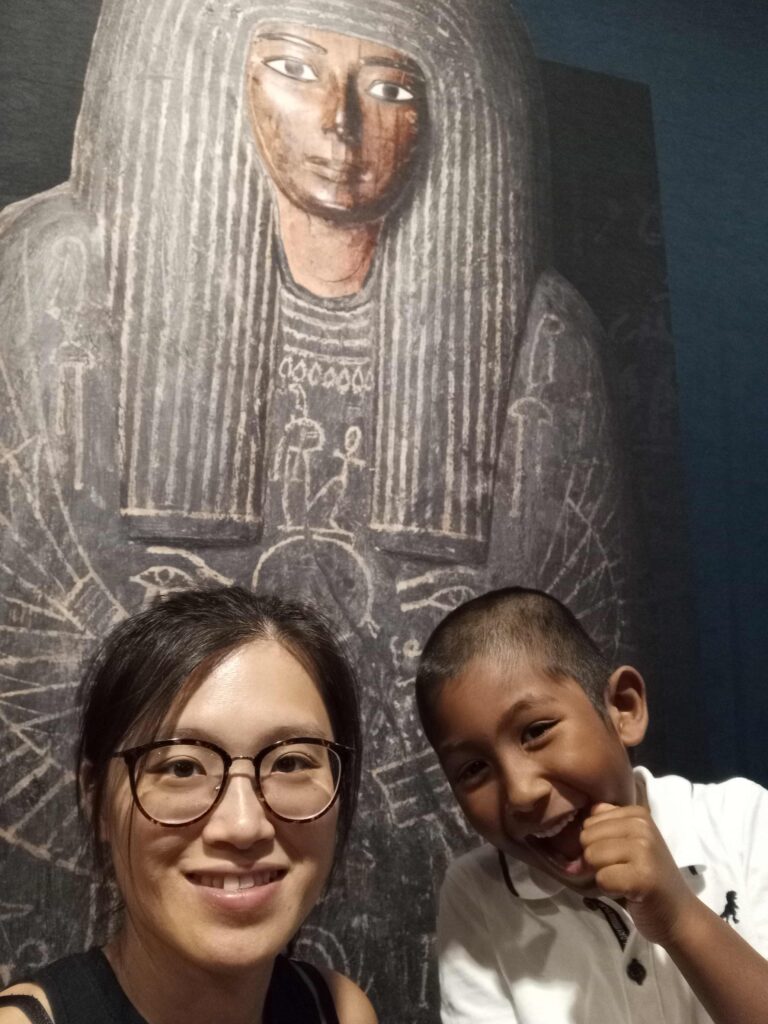
The Tombs and Treasures
They wandered through the exhibition, marveling at the treasures that had been buried with the pharaohs: intricately decorated sarcophagi, golden jewelry, and precious amulets meant to protect the dead in the afterlife. The mother and son stood before the replica of King Tutankhamun’s tomb, the gold gleaming under the soft lights.
“Why did they bury all these things with them?” the boy asked.
“They believed they would need them in the afterlife,” the mother explained. “They thought that everything you needed in this life, you would need in the next one too.”
The boy nodded, his curiosity piqued. “Do you think we need anything when we die?”
The mother smiled softly. “I think the most important thing we take with us is the love we’ve shared and the memories we’ve made.”
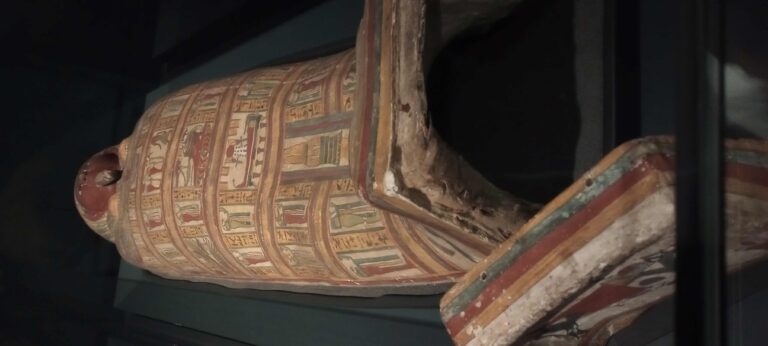
Reflections on Mortality
As they continued their journey through the exhibition, the mother found herself reflecting on her own thoughts about death and the afterlife. The ancient Egyptian artifacts served as a reminder that the human quest to understand what happens after death is as old as civilization itself.
She glanced down at her son, who was absorbed in studying a papyrus scroll. She realized that, just as the ancient Egyptians had their beliefs and rituals, it was important for her to help her son develop his own understanding and comfort with the concept of mortality.
A Personal Conversation
They took a seat on a bench, surrounded by the silent witnesses of a bygone era. The mother turned to her son and gently touched his shoulder.
“Do you ever think about what happens after we die?” she asked.
The boy shrugged. “Sometimes. It’s a little scary.”
“It’s okay to be scared,” she assured him. “It’s a big mystery, and no one really knows for sure. But we can find comfort in believing that there’s something beautiful waiting for us, just like the ancient Egyptians did.”
The boy smiled, feeling a sense of reassurance. “Like a new adventure?”
“Exactly,” the mother replied, hugging him close. “A new adventure.”
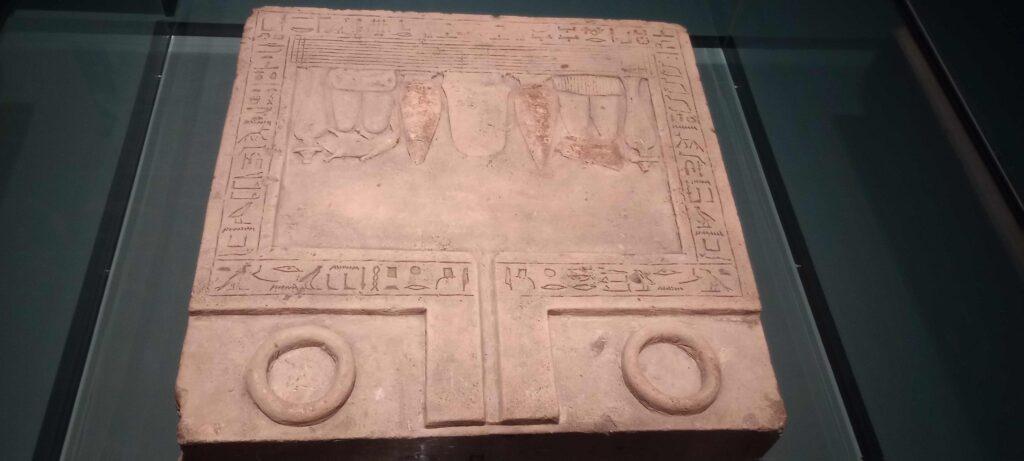
The Legacy of the Ancients
As they exited the exhibition, the mother reflected on the profound impact of their visit. The ancient Egyptians had left behind a legacy that not only showcased their advanced civilization but also provided a platform for modern-day individuals to explore and discuss the timeless questions of life, death, and beyond.
For the mother and her son, the exhibition had been more than just an educational experience. It had been an opportunity to connect, to share, and to ponder the mysteries of existence together. The ancient artifacts had sparked a conversation that might have otherwise been difficult to approach, allowing them to explore their beliefs and fears in a safe and meaningful way.
To Sum up
The ancient Egyptian exhibition had served as a bridge between the past and the present, linking the age-old beliefs of a distant civilization with the personal reflections of a mother and her son. It had shown them that while the specifics of what happens after death may remain unknown, the universal quest for understanding and comfort is something that transcends time and culture.
As they walked away from the museum, hand in hand, the mother felt grateful for the opportunity to share this journey with her son. She knew that the conversations they had today would stay with them, helping to shape their perspectives on life and death for years to come. It’s important to understand we all hold an afterlife and realize that there’s no death is truly enlightment and free from suffering at material life.
In the end, the exhibition had reminded them both that, just like the ancient Egyptians, they too could find beauty and meaning in the mystery of the afterlife.

